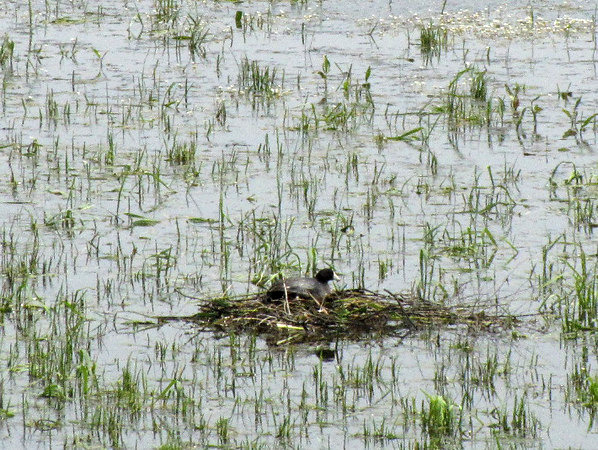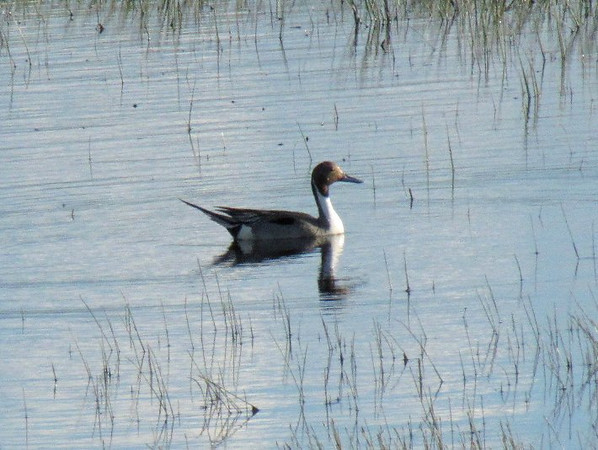We do a lot of prairie driving. Even without the regular trips to the lake, we’re prone to hopping in the car and driving through the grasslands to see what’s new. When most people think of the prairies, they think of field after field of crops or rangeland. What many don’t think about is all the water.
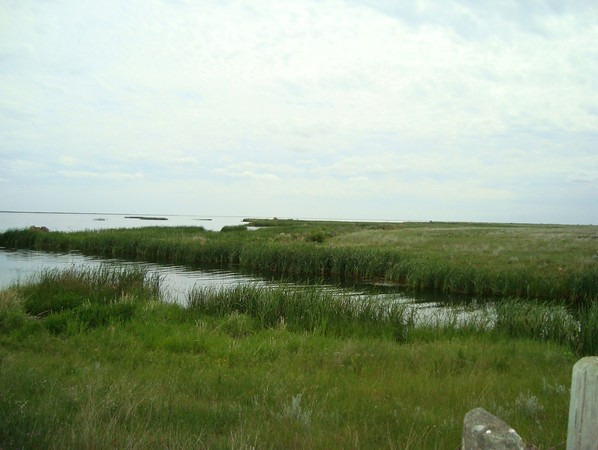
Scientists have identified 3.7 million prairie ponds in Canada, ranging in size from large marshes to small Prairie Potholes.
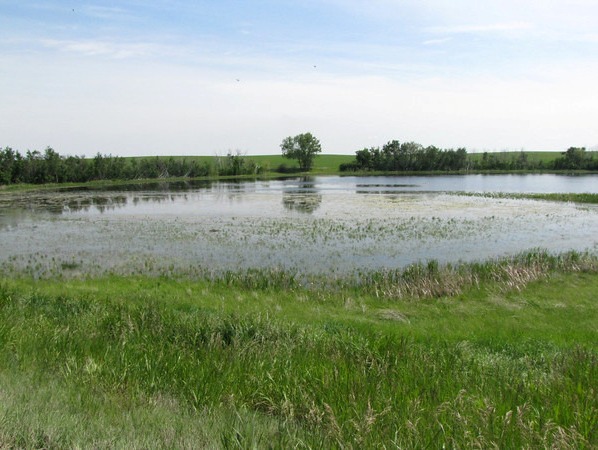
The wetlands on the prairies are an important flyway for migrating and nesting birds. Ducks, geese, swans and other waterfowl eat aquatic plants – pondweed, smartweed, sedges, bulrushes, and wild millet – as well as seeds and insects. Crop fields can draw thousands of waterfowl in the fall, to eat corn, wheat, barley and other cereal grains.
This has been a very wet spring and summer here on the prairies, which is good news in bird world. Large amounts of water extend the nesting period for ducks, and in some cases result in higher survival for the young. When wetlands are full of water, they provide more food, and more cover to escape predators.
Annual surveys on prairie wetland birds are conducted jointly by the US Fish & Wildlife Service, and the Canadian Wildlife Service. This year’s breeding population of ducks was estimated at 41 million birds, 21% greater than the long term average from 1955-2009.
The most common duck on the prairies was the Mallard, with 8.4 million birds, a figure which is 12% above the long term average.
Other highlights included:
- 4.1 million Northern Shoveller, 76% above long term average
- 3.5 million Green-winged Teal, 78% above LT
- 3.0 million Gadwall, 67% above LT
- 1.1 million Redhead, 63% above LT
- 600,000 Canvasback, 3% above LT
Of the ten major duck species, three were below the long term average:
- 3.5 million Northern Pintail, 13% below long term average
- 3 million American Wigeon, 7% below LT
- 4.2 million Scaup, 16% below LT
It’s not just the waterfowl that are benefiting from increased water levels this year. I don’t think I have ever seen so many Black-necked Stilts on our prairie drives. They seem to have increased along with the number of water bodies.
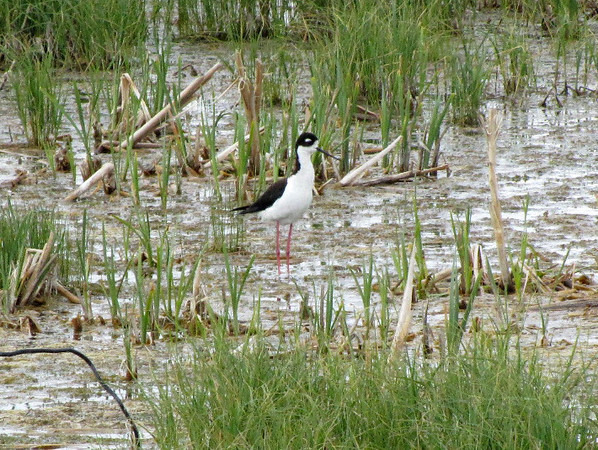
We drove by one flooded roadway this spring, which was meant to have a large pond on either side.
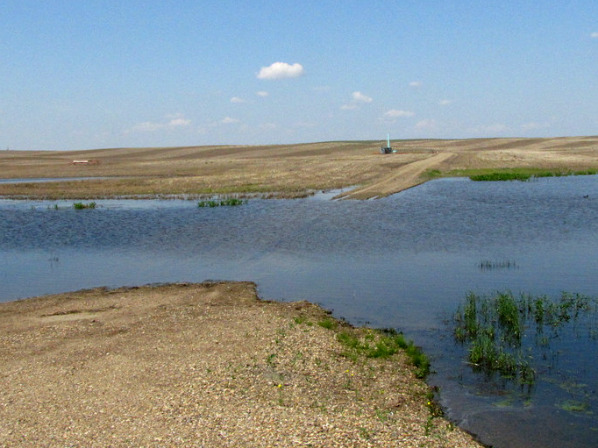
Aside from the deeper parts being full of American Coots, Ruddy Ducks, Shovellers and many other species, these little Western Sandpipers seemed to be checking the road.
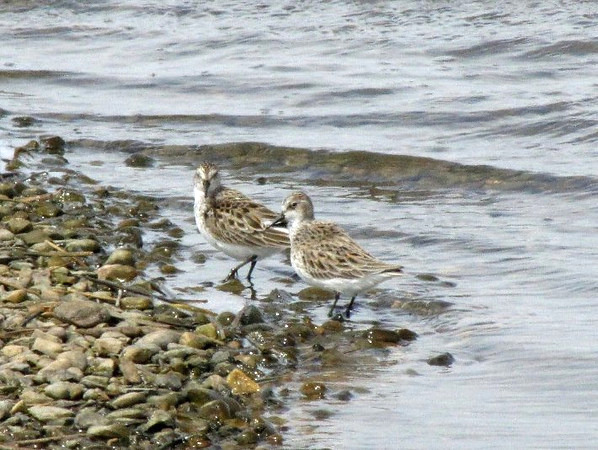
This is why we do so much prairie driving. Far from being a boring place where nothing ever changes, you find surprises around every bend.
All of these birds migrate south in the winter to the Gulf of Mexico. I do hope our 41 million+ birds manage to come back next spring.



